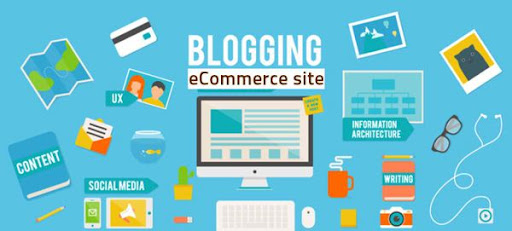- Brief overview of the importance of blogging for ecommerce businesses.
- Introduction to the strategies that will be discussed in the article.
1. Understanding the Role of Blogging in Ecommerce:
- Explain why blogging is essential for ecommerce stores.
- Discuss how blogging helps in building brand authority, engaging customers, and improving SEO.
2. Setting Up Your Blog:
- Choosing the right blogging platform (e.g., WordPress, Shopify).
- Customizing the design to align with your brand identity.
- Setting up essential features like categories, tags, and subscription options.
3. Identifying Your Audience and Their Needs:
- Conducting market research to understand your target audience.
- Creating buyer personas to tailor your content.
- Identifying the pain points and challenges your audience faces.
4. Content Strategy for Your Ecommerce Blog:
- Planning your content calendar to maintain consistency.
- Choosing topics that resonate with your audience and align with your products.
- Incorporating different types of content such as product guides, tutorials, and industry news.
- Using keyword research to optimize content for search engines.
5. Creating Compelling and High-Quality Content:
- Tips for writing engaging blog posts.
- Incorporating visuals such as images, infographics, and videos.
- Writing attention-grabbing headlines and introductions.
- Encouraging reader interaction through comments and social sharing.
6. Promoting Your Blog:
- Leveraging social media to share blog posts.
- Email marketing strategies for promoting blog content.
- Collaborating with influencers and other bloggers for cross-promotion.
- Engaging in guest blogging on relevant industry websites.
7. Driving Traffic to Your Ecommerce Store:
- Using internal links within your blog posts to direct traffic to product pages.
- Incorporating CTAs (Call to Actions) to encourage readers to visit your store.
- Optimizing landing pages to convert blog traffic into sales.
8. Measuring Success and Making Improvements:
- Tracking key metrics such as website traffic, engagement, and conversions.
- Analyzing the performance of individual blog posts.
- Gathering feedback from readers to understand their preferences.
- Making data-driven decisions to improve your blogging strategy.
9. Case Studies and Success Stories:
- Showcase real-life examples of ecommerce businesses that have successfully used blogging to increase traffic and sales.
- Analyze the strategies they implemented and the results they achieved.
10. Conclusion:
- Summarize the key points discussed in the article.
- Encourage readers to start implementing the strategies outlined to grow their own ecommerce businesses through blogging.
Additional Tips:
- Include relevant statistics and research to support your points.
- Break up the text with subheadings, bullet points, and visuals for better readability.
- Provide actionable advice that readers can implement immediately.
- Use a friendly and conversational tone to engage your audience.
By following this outline, you can create a comprehensive and valuable resource that helps ecommerce store owners harness the power of blogging to increase traffic and sales.
